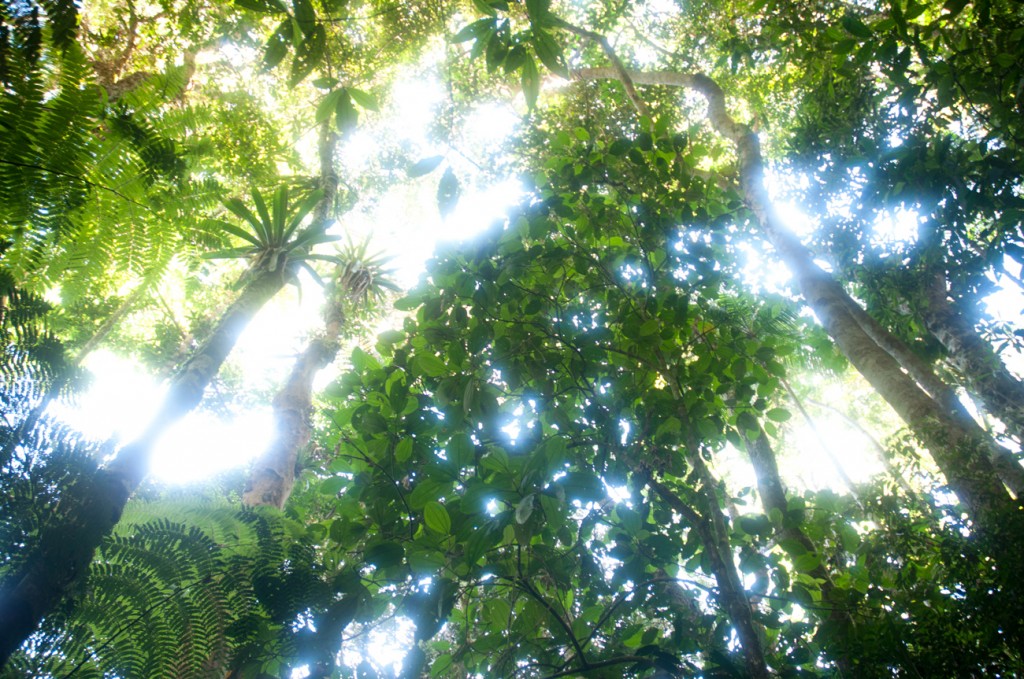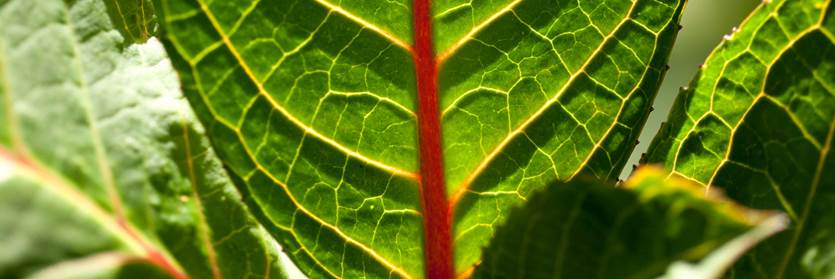Understanding the Past and Predicting the Future of a Biological Hotspot
Posted in From the Field on March 17, 2014 by Fabian Michelangeli
Fabián A. Michelangeli, Ph.D., is an Associate Curator of the Institute of Systematic Botany at The New York Botanical Garden. His research focuses in part on the evolution, identification, and classification of neotropical plants.

With their rich diversity of species, including many found nowhere else, the Atlantic forests of eastern Brazil constitute one of Earth’s biodiversity hotspots. They demonstrate a truly unique set of environmental, geological, and biological conditions. But because of rapid population growth in the region and more than 400 years of continuous deforestation, less than 11 percent of the original forest area still exists.
To understand how the coastal forests developed and what could happen to them in the future, an international team of scientists spanning many disciplines met in Brazil last month to begin work on a new research project that could help in efforts to conserve what remains of these ecological marvels. The goal of the project, which is expected to last five years, is to study the conditions that led to these high levels of biodiversity and localized species and to develop models to predict what may happen to that biodiversity in light of further habitat destruction and climate change.
